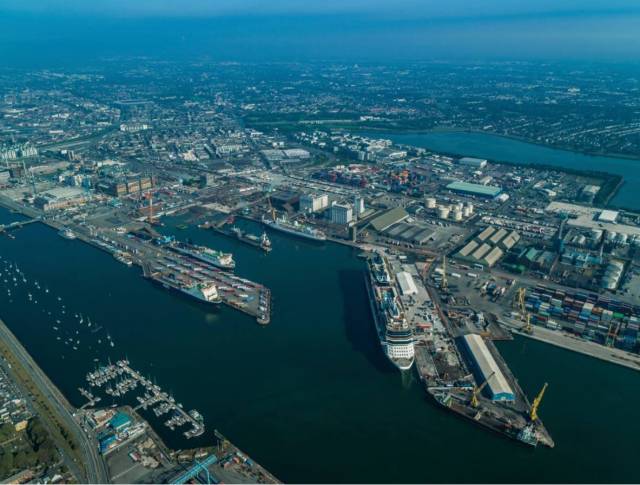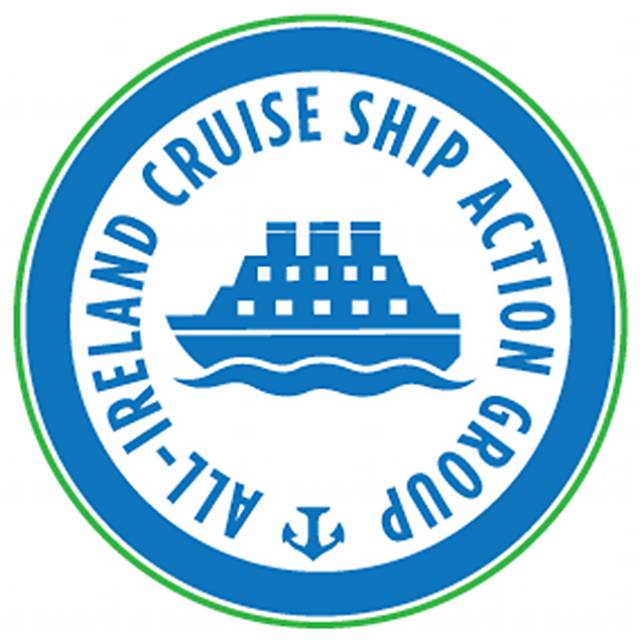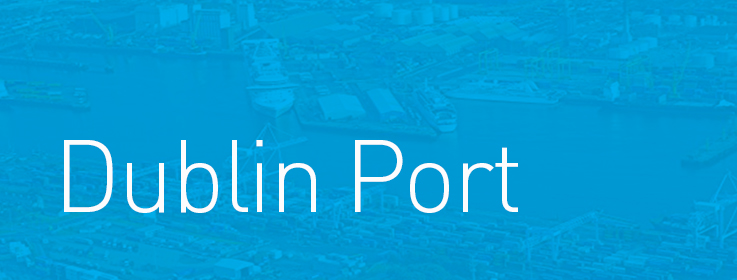

Dublin Port Chief Receives Apology From Cruise Ship Campaign Over Press Releases
7th July 2019 Dublin Port

Cruise Quartet Call to Dublin Port Among them Brand New High-End Expedition Cruiseship
30th May 2019 Dublin Port
Dublin Port Cruise Ship Evidence Before Oireachtas Committee Today at 1.30pm
29th May 2019 Cruise Liners
Direct Shipping Routes to Europe on the Agenda as Flemish Government Visits Dublin Port
2nd May 2019 Dublin Port
Dublin Port Announces 'Dwell Time' Initiative to Increase Port Capacity Post-Brexit
11th April 2019 Dublin Port

Calls for Clarity from Dublin Port on its Decision to Restrict Cruise Ships
9th April 2019 Dublin PortAnother Brexit-Buster Ship “MV Laureline” Expands Dublin Port’s Direct Cargo Routes to Mainland Europe
29th March 2019 Dublin Port
All-Ireland Campaign Launched to Reverse Ban on Cruise Ships Entering Dublin Port
28th March 2019 Dublin Port





























































